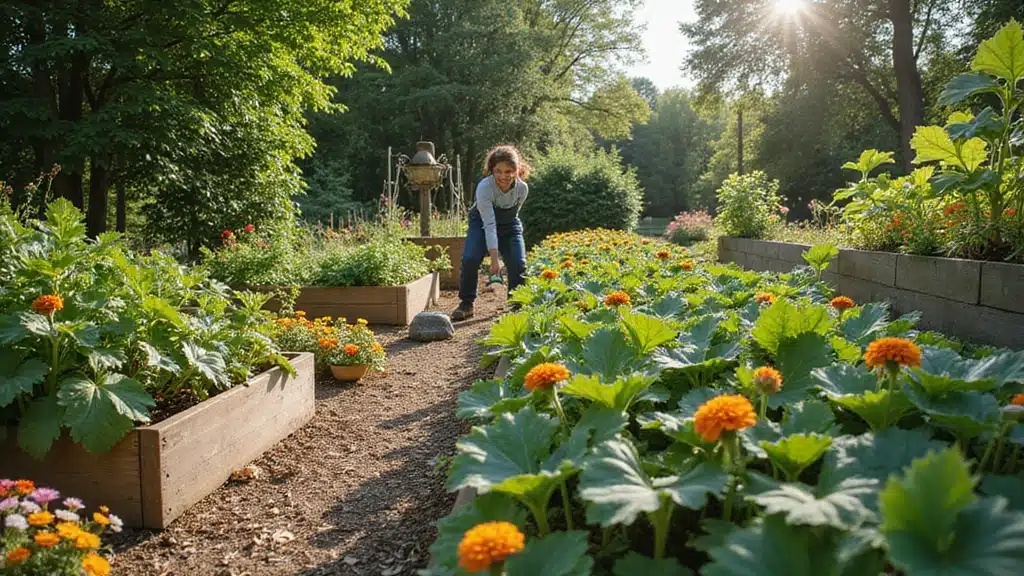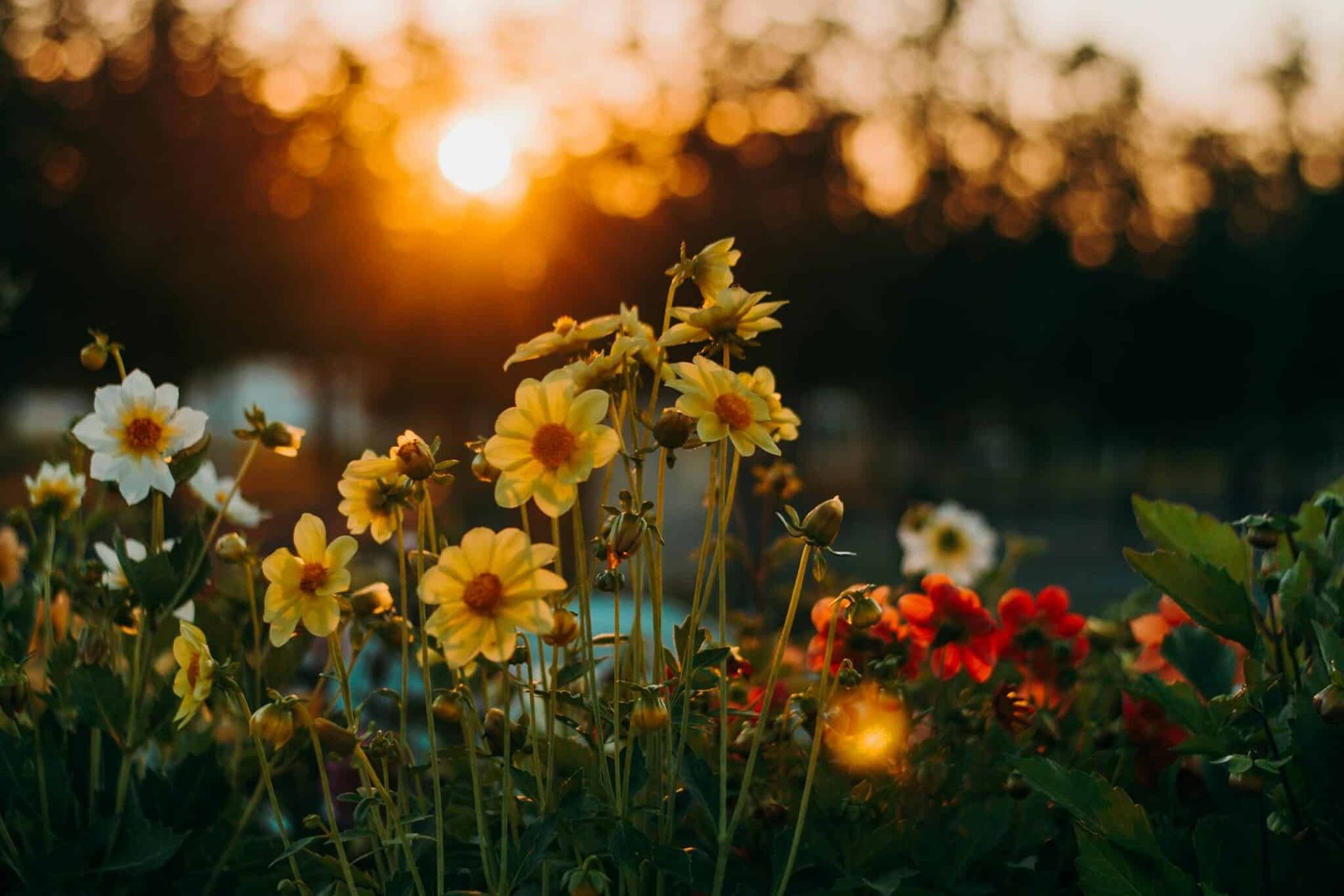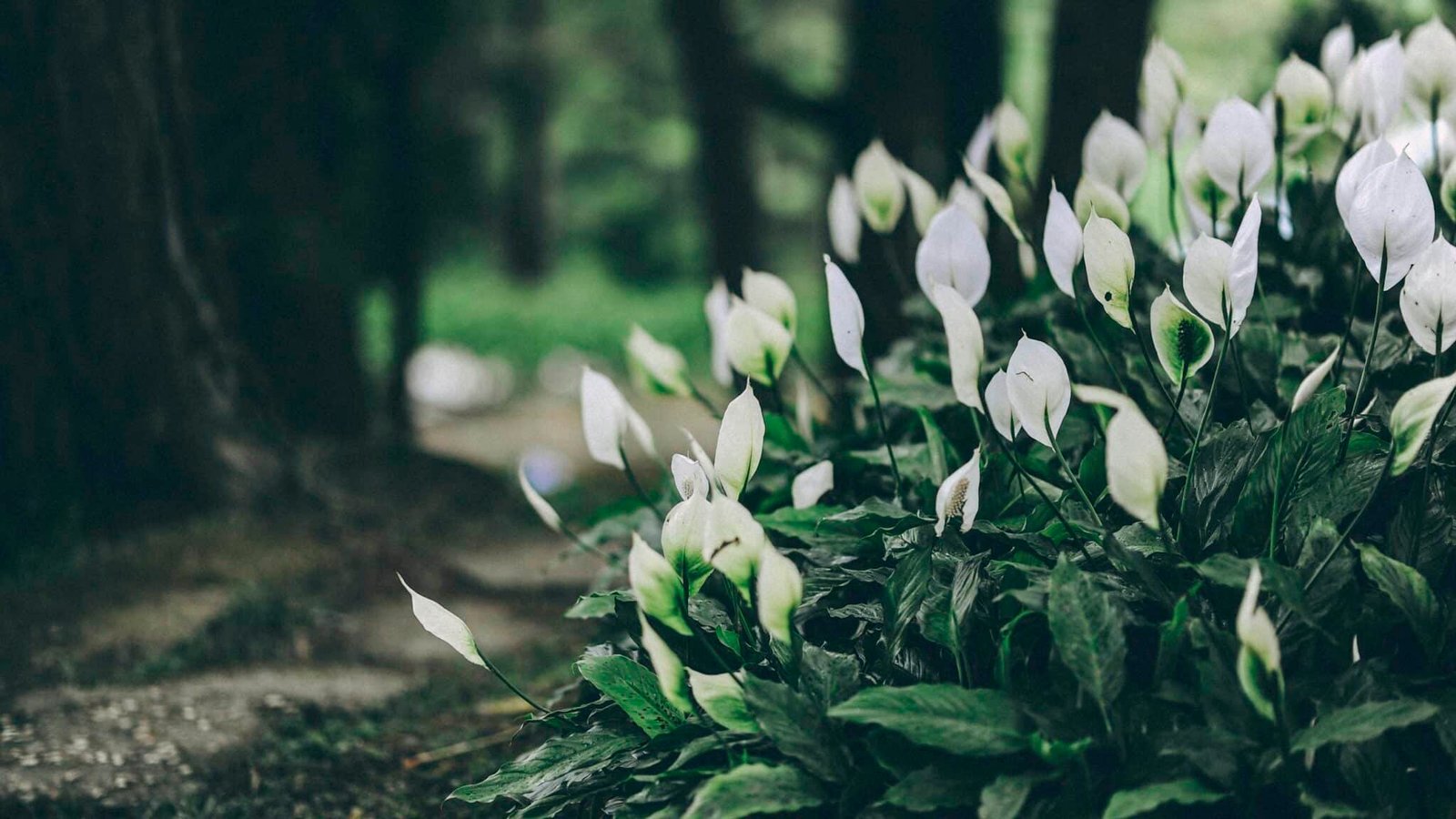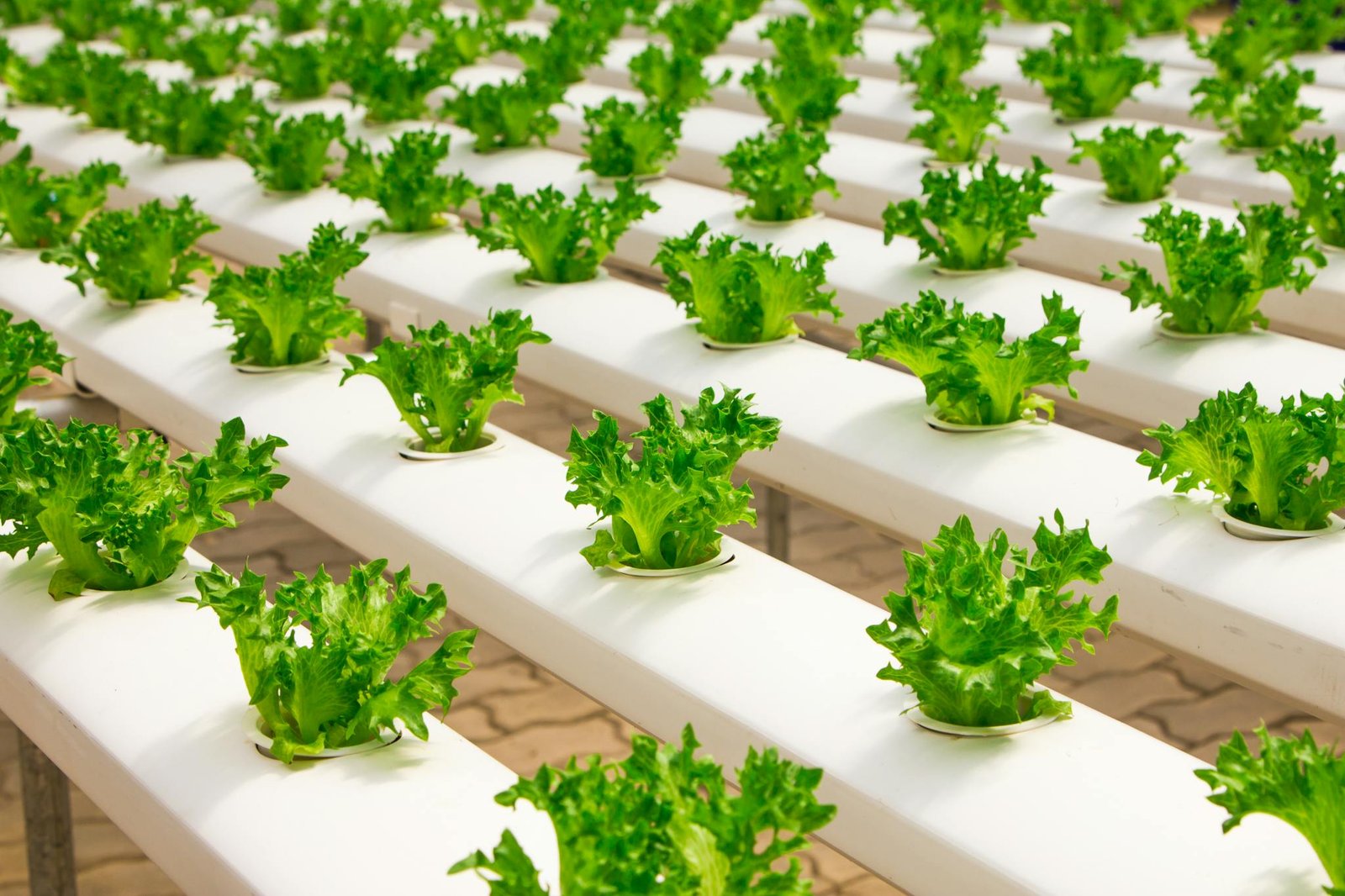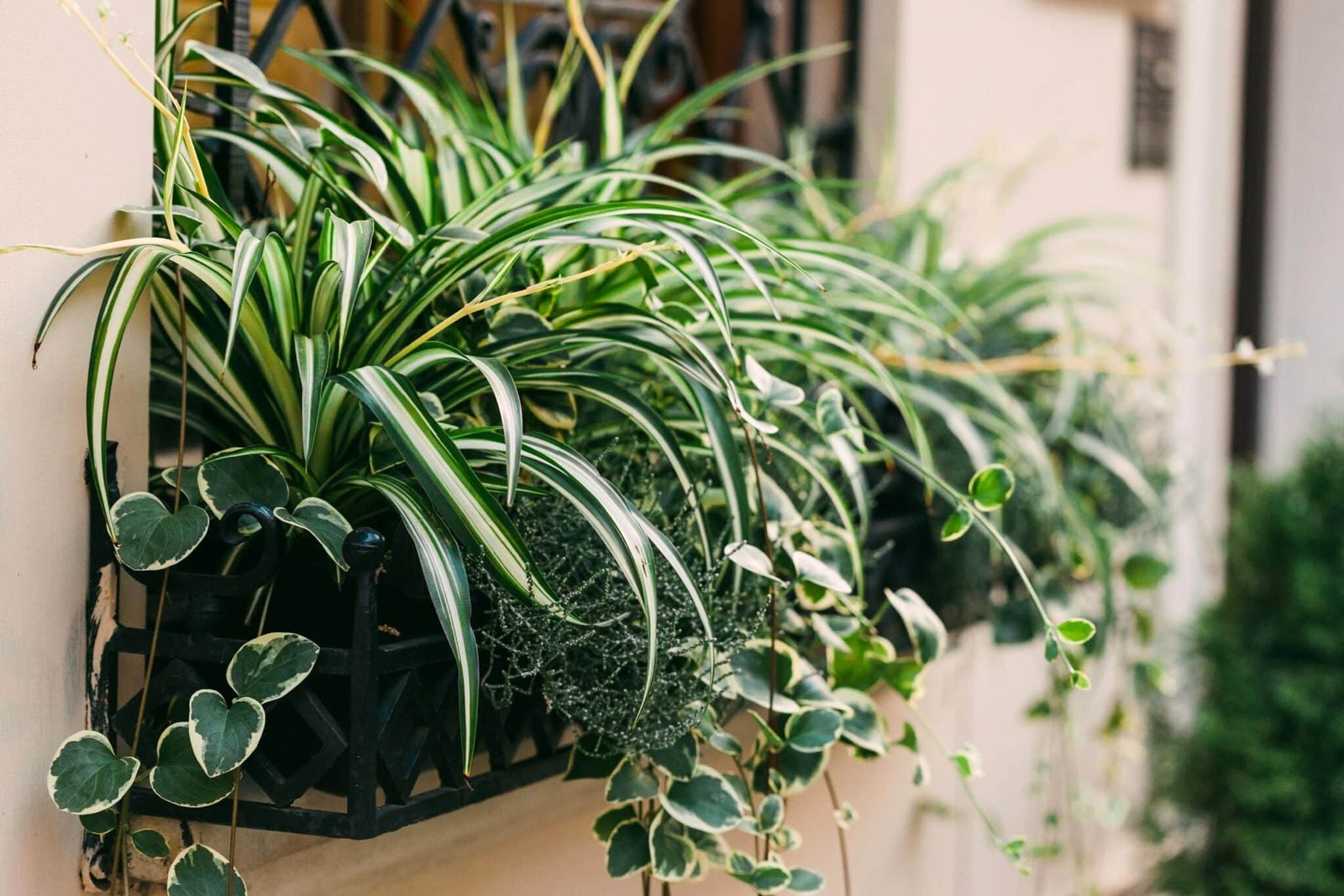10 Essential Gardening Tips for Beginners That Will Make You a Green Thumb in No Time!
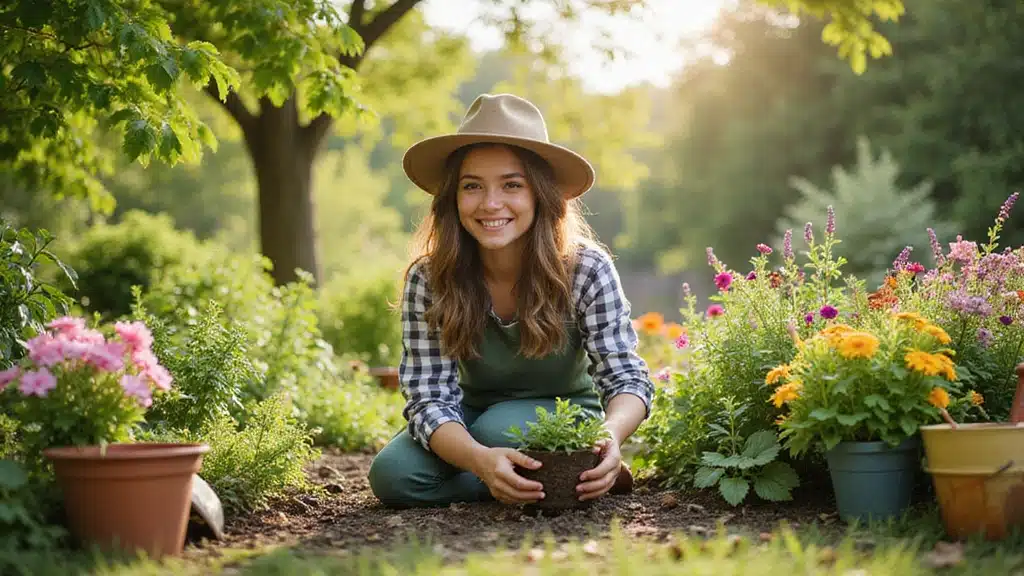
Gardening can seem daunting, especially if you’ve never gotten your hands dirty before, but don’t fret! With just a few essential tips, you can transform your space into a vibrant garden sanctuary.
From selecting the right starter plants to understanding your soil, these tips will help you navigate the basics of gardening and cultivate your green thumb with ease. Gardening isn’t just about planting seeds; it’s about nurturing life and watching it flourish right before your eyes. Whether you have a sprawling backyard or a cozy balcony, there’s a garden waiting to bloom!
Let’s dig in and explore these easy tips that will set you on the path to gardening success!
1. Start with Easy-to-Grow Plants
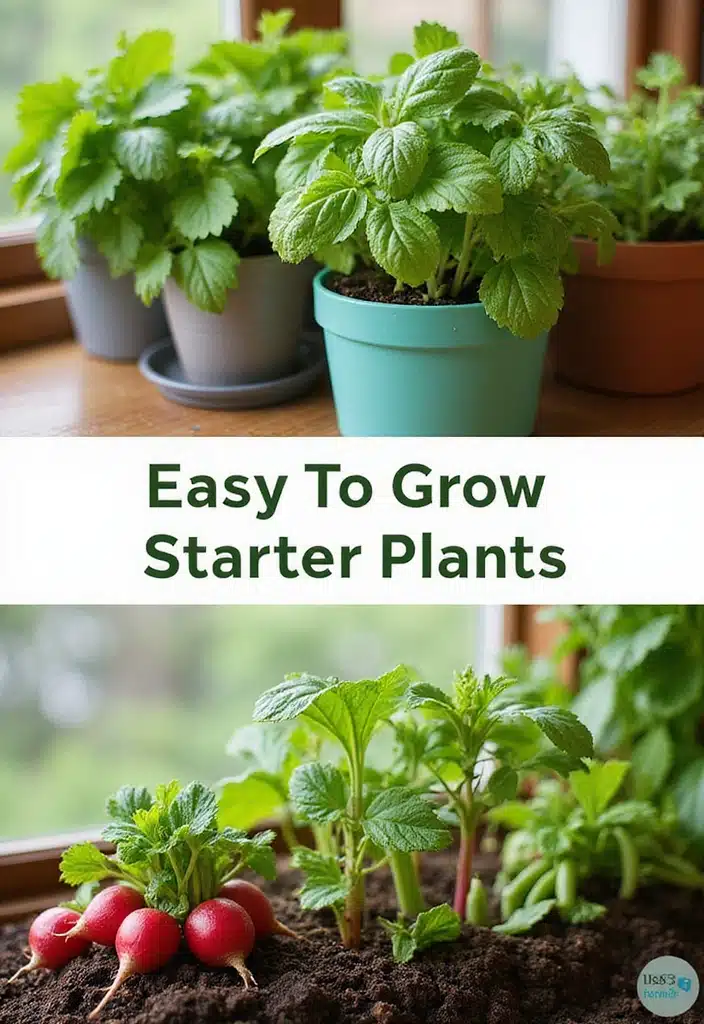
Choosing the right plants is half the battle when it comes to gardening for beginners. Start with easy-to-grow plants like herbs and vegetables, which can boost your confidence as they provide quick rewards.
Basil, mint, and cilantro are fantastic starter herbs that flourish in small pots and add flavor to your kitchen. For vegetables, consider radishes and green beans, as they sprout quickly and are incredibly forgiving.
Here’s a quick list of the best starter plants:
– Basil
– Mint
– Radishes
– Green beans
– Succulents
These plants not only thrive in most conditions but are also versatile in your cooking. Plus, as you see them grow, your excitement will inspire you to try more complex plants in the future. Remember, each plant has its unique needs, so do a little research before you choose!
Starting with a garden that includes varied textures and colors can set you up for success and joy in your gardening journey.
2. Understand Your Soil
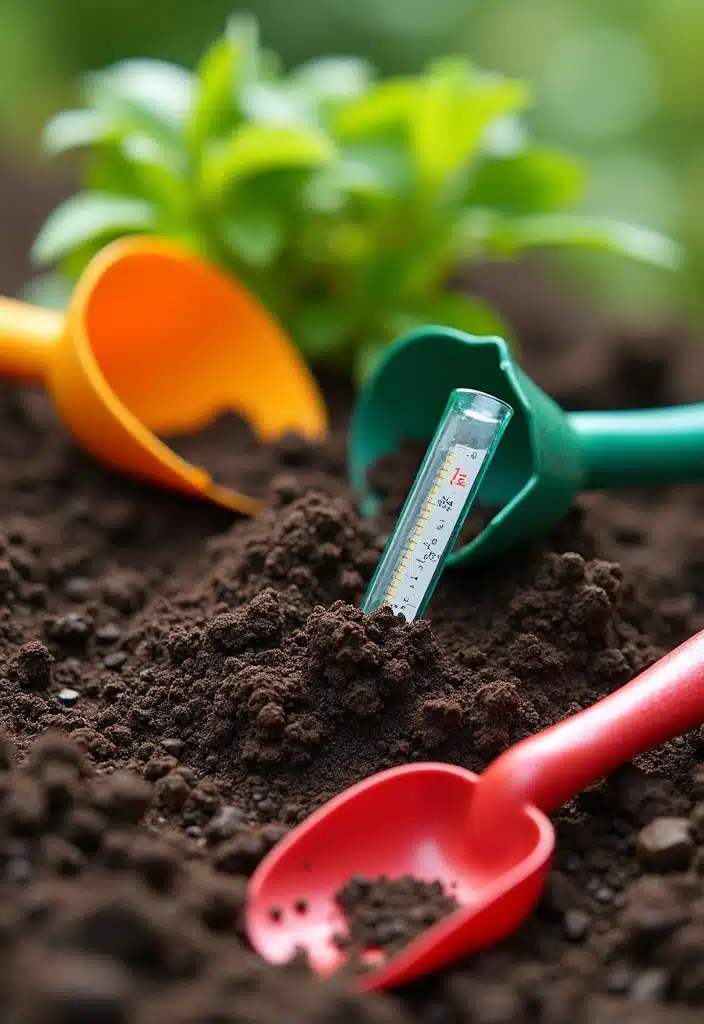
Soil is the foundation of your garden, and understanding it is crucial. Different plants have different soil preferences, so knowing your soil type will help you choose suitable plants.
Start by testing your soil’s pH level. You can find basic testing kits at garden stores, such as the Soil pH Test Kit. This kit measures acidity and garden nutrients quickly and accurately, helping you determine if your soil falls within the preferred pH range of 6.0 to 7.0. If your soil doesn’t fall within this range, consider amending it with compost or other organic material to enhance its quality.
One great option for improving your soil is Organic Compost. This gourmet planting mix, which includes lobster and crab meal, provides essential nutrients for vegetables, flowers, trees, and shrubs. Mixing in compost not only enhances the nutrient content but also improves drainage, helping your plants thrive.
Additional tips for soil care include ensuring good aeration by turning the soil regularly and avoiding compacting the soil by walking on garden beds. Healthy soil leads to healthier plants, which means more success. It’s a little bit of a science, but it can be rewarding to see your plants thrive in a rich, nutrient-filled environment. Your garden will thank you!
3. Water Wisely
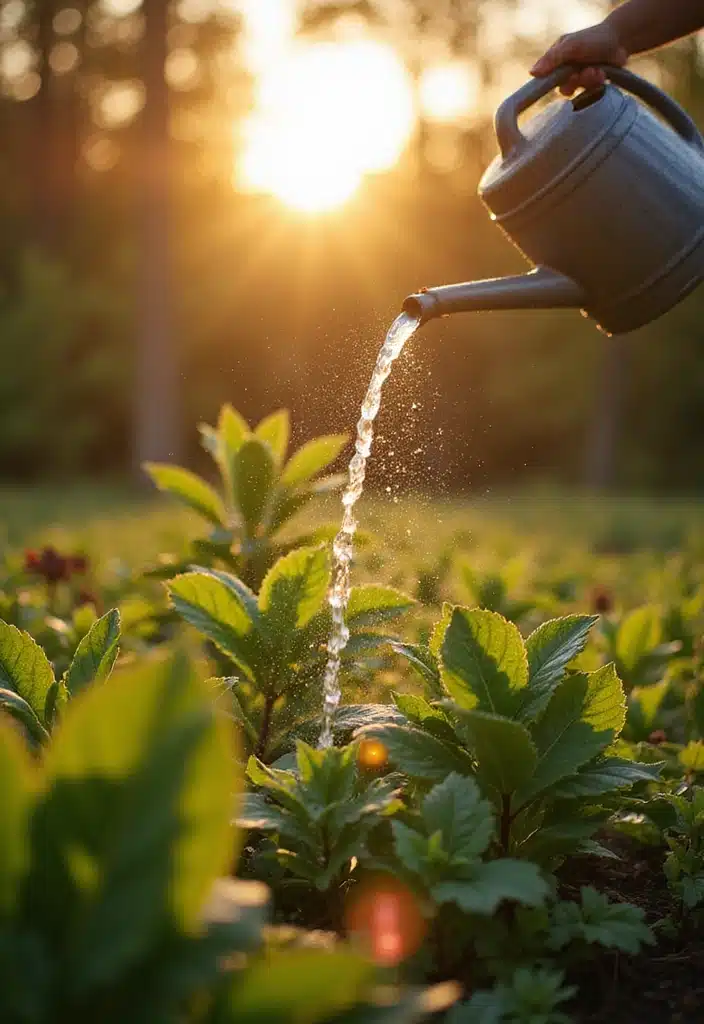
Watering is one of the most crucial aspects of gardening, yet it’s often misunderstood. Overwatering can drown roots, while underwatering can lead to wilting. Finding that sweet spot is essential for your plants’ well-being.
The best time to water is early in the morning or later in the evening when temperatures are cooler. This minimizes evaporation and ensures your plants get the moisture they need.
To make watering more efficient, consider using a soaker hose, which delivers water directly to the roots while saving up to 80% water compared to traditional methods. Another great option is a drip irrigation kit that allows you to expand or repair your existing system, ensuring that your plants receive consistent moisture without the risk of overwatering.
When watering, aim for the base of the plant instead of spraying from above. This helps prevent fungal diseases and promotes healthier growth. To assist in determining when to water, a soil moisture meter can be a valuable tool. It allows you to check soil moisture levels easily; if it’s dry an inch down, it’s time to water!
Remember that different plants have different needs based on their species and the environment they are in. Observing your plants will help you learn their watering habits over time, and these tools can help make the process easier and more efficient.
4. Keep a Gardening Journal
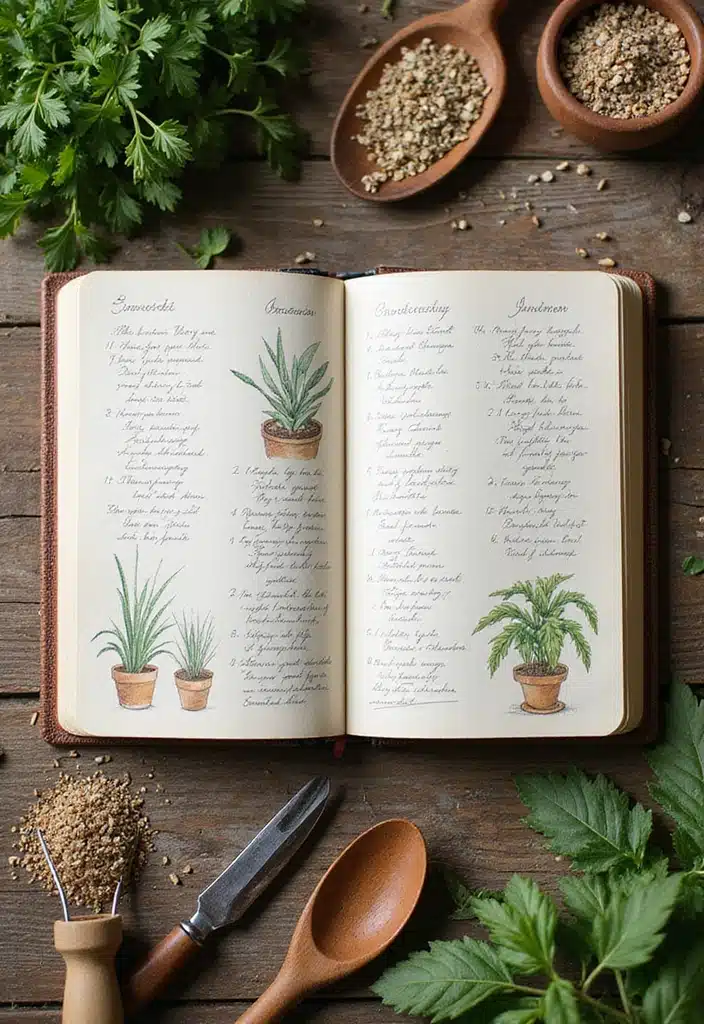
Keeping a gardening journal can be incredibly beneficial, especially for beginners. Documenting your gardening journey allows you to track what works and what doesn’t, helping you learn and improve year after year.
In your journal, include details about planting dates, watering schedules, and observations on plant growth. You can also jot down notes on weather conditions or pest issues. Over time, you’ll create a personal guide tailored to your unique garden space.
To enhance your journaling experience, consider using the Gardener’s Logbook, a dedicated gardening journal that provides structured sections for tracking various aspects of your garden. This tool can simplify the process of recording your successes and the lessons learned from failures.
Additionally, using a sketchbook like the eeBoo Bountiful Garden Sketchbook can be wonderful for making simple sketches to note plant locations and layouts. Visualizing your garden layout can be quite helpful as you experiment with different planting strategies.
For more tech-savvy gardeners, a digital solution such as Cactus Town | Plant Care can serve as a modern alternative to traditional journaling. This app can help you monitor your plant care routines and provide reminders for watering and maintenance.
Not only will keeping a journal strengthen your skills, but it’s also a delightful way to reflect on the beauty and growth of your garden. Plus, it’s a fun project that enhances your connection to nature!
5. Learn About Pest Control
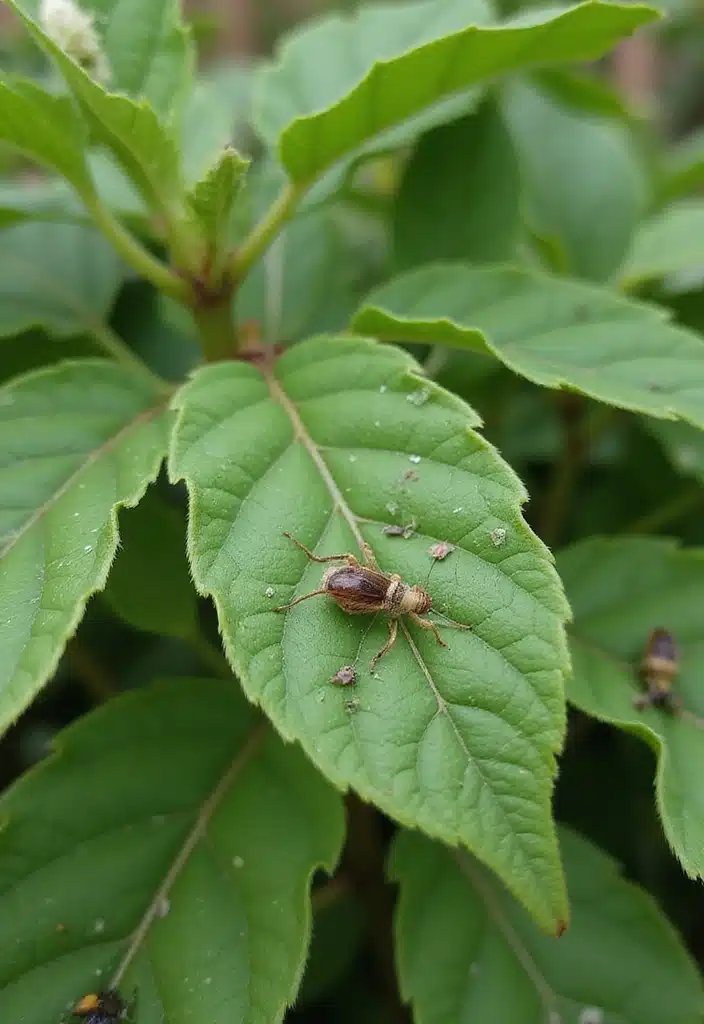
Pests can be a gardener’s worst nightmare, but don’t let them discourage you! Learning to identify common pests can save your plants and turn you into a knowledgeable gardener.
Start by regularly inspecting your plants for any signs of trouble, like holes in leaves or discolored patches. Many pests can be controlled naturally with homemade solutions or beneficial insects. For example, ladybugs and lacewings love to snack on aphids! You can easily attract these helpful allies to your garden with a kit like the Insect Lore Butterfly Garden Kit, which includes a voucher for live caterpillars and a habitat to nurture them.
Here are some easy pest control options:
– Use Bonide Captain Jack’s Neem Oil, a ready-to-use multi-purpose fungicide, insecticide, and miticide that helps manage pests with a natural approach.
– Try Garden Safe Insecticidal Soap, which is designed to safely eliminate unwanted insects on contact.
– Hand-pick larger pests like caterpillars off your plants.
By understanding pest behavior and using eco-friendly methods, you’ll be able to protect your plants without resorting to harsh chemicals. Knowledge is power, and being proactive will keep your garden thriving!
6. Mulch for Moisture Retention
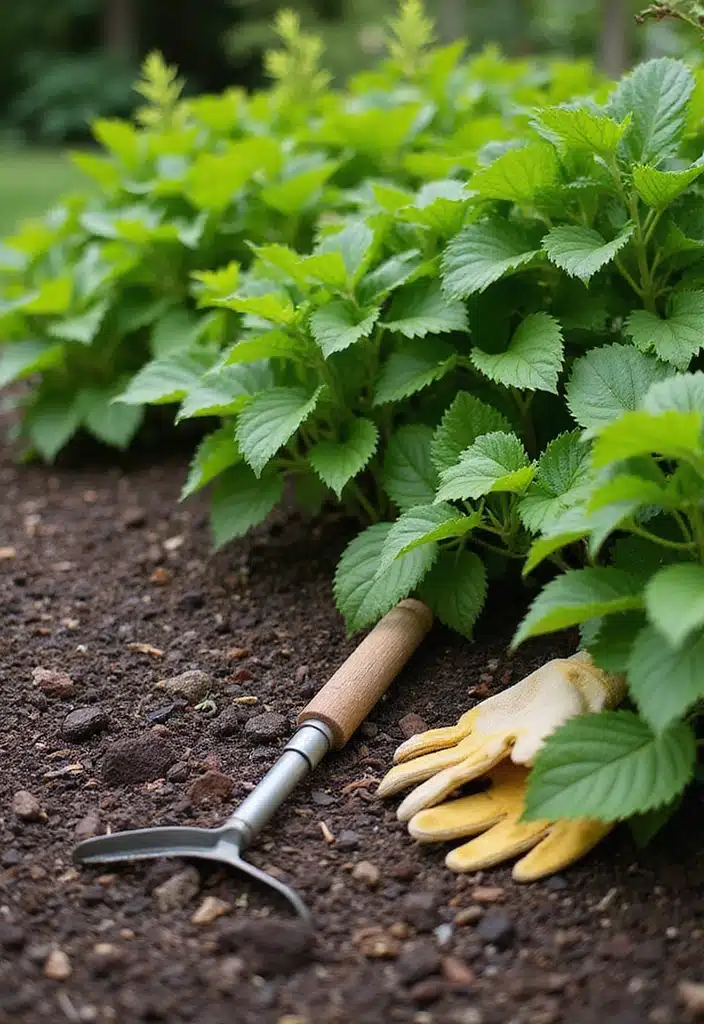
Mulching is a fantastic technique every beginner gardener should embrace! It not only enhances the aesthetic of your garden but also helps retain moisture, suppress weeds, and add nutrients to the soil as it breaks down.
For your mulching needs, consider using organic mulch (wood chips). This 100% natural cedar shavings option is perfect for both outdoor and indoor potted plants and can add a beautiful touch while providing effective moisture retention.
If you’re looking for a sustainable and effective option, straw mulch is another excellent choice. This all-natural product is specifically designed for vibrant gardens and vegetable growth, serving as a water-conserving and weed-suppressing solution.
You might also want to try shredded leaves mulch, which is made from natural brown coconut fibers. This product not only enhances soil structure as it decomposes but also ensures that moisture is retained effectively.
Applying a layer of about 2-3 inches of any of these materials around your plants will help keep the soil temperature consistent, preventing moisture from evaporating too quickly.
Here’s why mulching is beneficial:
– Reduces the need for frequent watering.
– Regulates soil temperature, keeping roots cool in the summer.
– Enhances soil structure as it decomposes over time.
With the right mulch, you’ll spend less time on watering and weeding, leading to a more enjoyable gardening experience. Plus, your garden will look lovely and well-kept!
7. Embrace Companion Planting
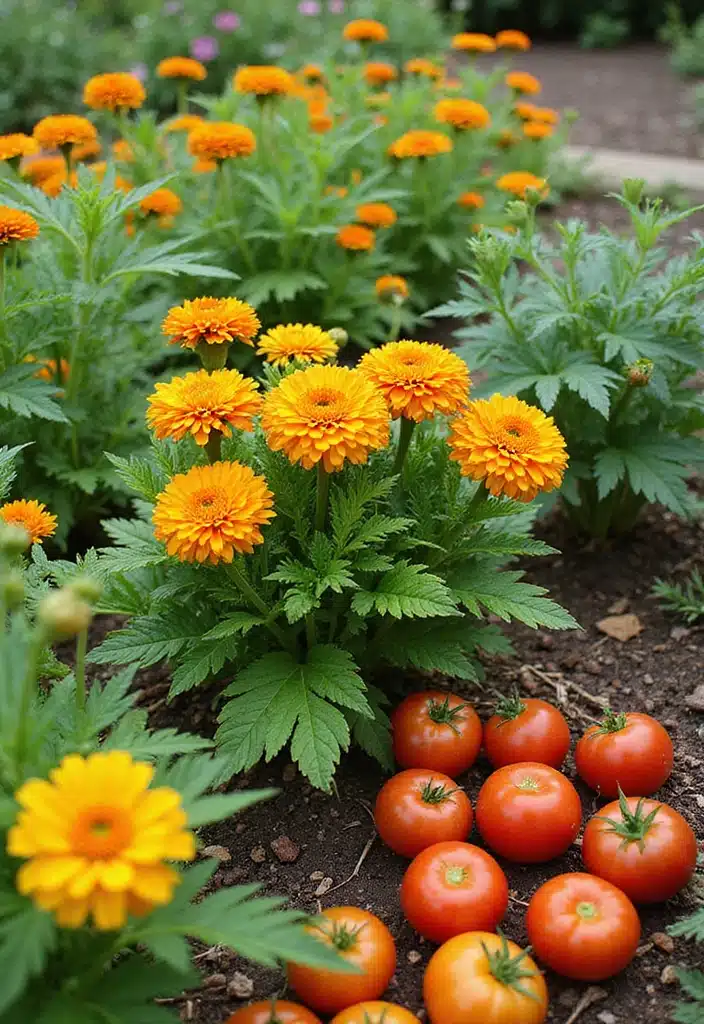
Companion planting is a fantastic method to enhance your garden’s productivity and health. This involves planting different species close to one another for mutual benefits, like pest control or improved growth.
For example, planting marigolds with your vegetables can deter pests, while basil planted near tomatoes can enhance their flavor. Learning which plants help or hinder each other can be incredibly rewarding and fun to experiment with.
Try these popular companion pairings:
– Tomatoes and basil
– Carrots and onions
– Beans and corn
– Marigolds and almost anything
Experimenting with companion planting will not only optimize space but also create a more diverse and dynamic ecosystem in your garden. Plus, it’s a fun way to mix things up and keep your gardening journey exciting!
8. Harvest at the Right Time
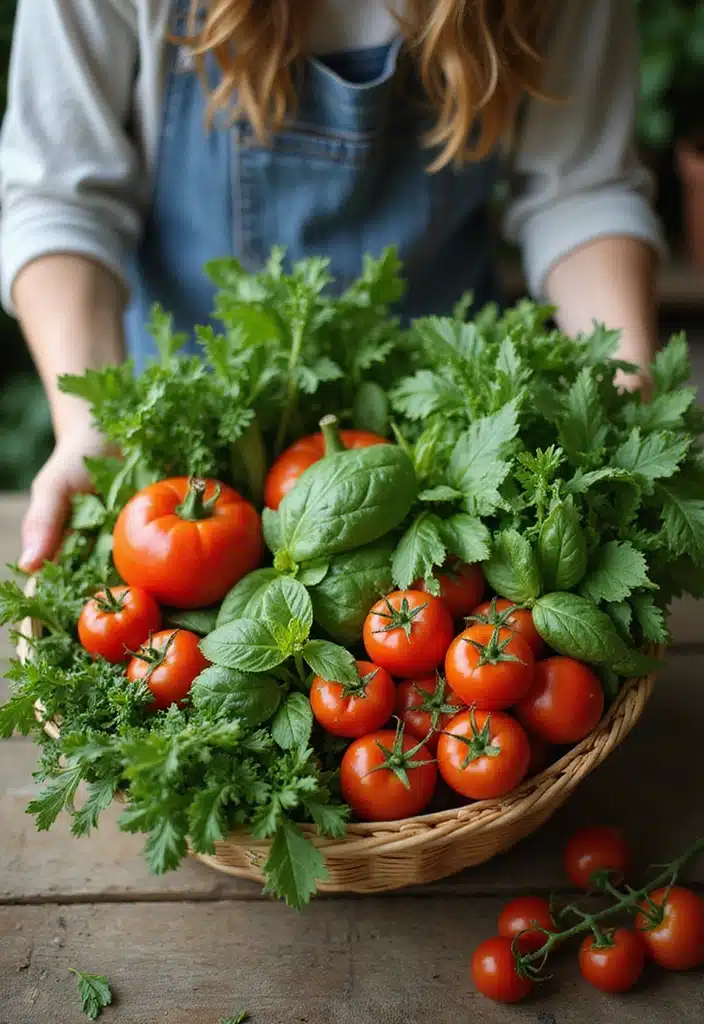
Knowing when to harvest your crops is just as crucial as planting them. Picking your fruits, vegetables, and herbs at the right time can significantly enhance their flavor and nutritional value.
Each plant has its ideal harvest time. For example, basil should be harvested before it flowers to maintain its flavor, while tomatoes should be picked when they’re fully ripe for the best taste. Start by observing your plants regularly and learning when they look their best.
Here are some general harvesting tips:
– Use clean, sharp scissors or garden shears to avoid damaging plants. A great option is the Fiskars bypass pruning shears, which feature a sharp, rust-resistant steel blade perfect for clean cuts.
– Look for color changes and firmness as indicators of readiness.
– Taste a sample if you’re unsure; it’s the best way to determine ripeness!
Additionally, having a designated spot to collect your harvest can make the process more enjoyable. Consider using a charming harvesting basket. This wicker-style trug not only looks appealing but also provides a convenient way to gather your produce.
Harvesting can be one of the most satisfying aspects of gardening. You’ll enjoy the fruits (and veggies) of your labor while learning about the cycle of growth. If you’re looking to expand your knowledge further, a plant identification guide like Newcomb’s Wildflower Guide can help you identify when your plants are at their peak.
9. Know Your Climate Zone
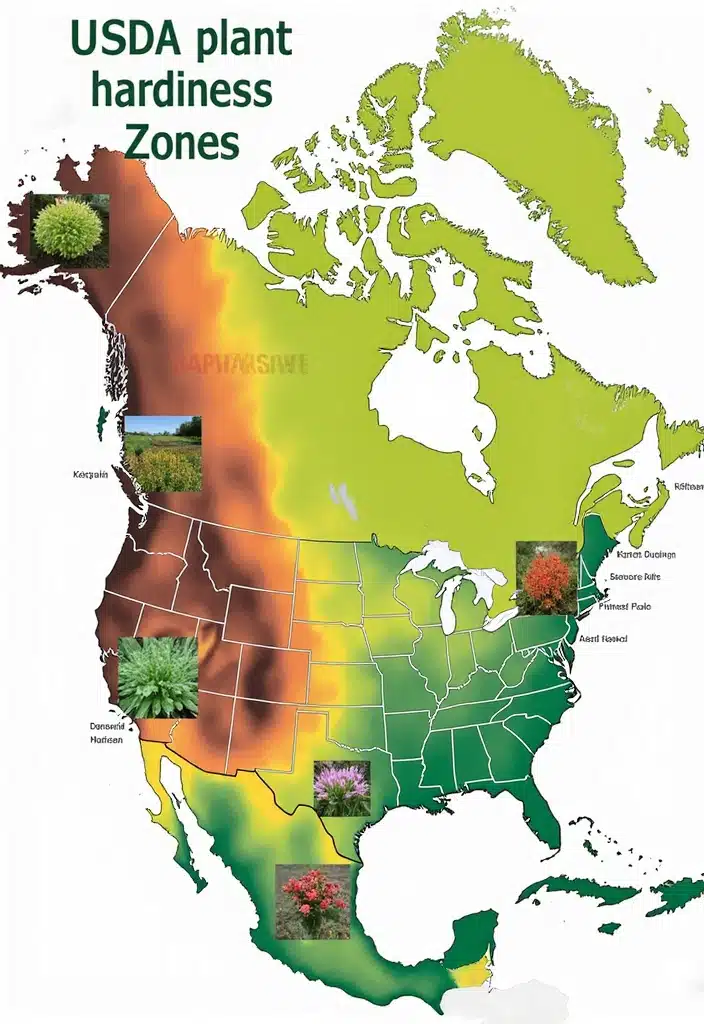
Understanding your climate zone is vital for successful gardening. Different areas have varying temperatures, rainfall, and seasonal changes, which influence what plants will thrive in your garden.
Research your local climate and USDA plant hardiness zone to choose plants that are suited for your area. The right plants will have a better chance of flourishing and surviving local weather conditions.
For warmer climates, consider incorporating drought-resistant plants like the drought tolerant wildflowers mix. This extra-large packet contains over 7,500 open pollinated non-GMO seeds of 21 different dryland species, making it an ideal choice to enhance your garden’s resilience to dry conditions.
If you’re in a colder region, focus on hardy perennials that can survive frost. The KVITER hibiscus seeds are perfect for this, offering rare fairy dust blooms that can thrive outdoors in various conditions. These stunning heirloom seeds will help you create a vibrant garden even in chilly climates.
Coastal areas might require wind-resistant plants, so be sure to choose varieties that can withstand those breezy conditions.
By selecting plants that suit your climate, you’ll save time, energy, and resources. Plus, you’ll be setting yourself up for a successful garden that’ll bloom beautifully in your local environment.
10. Join a Gardening Community
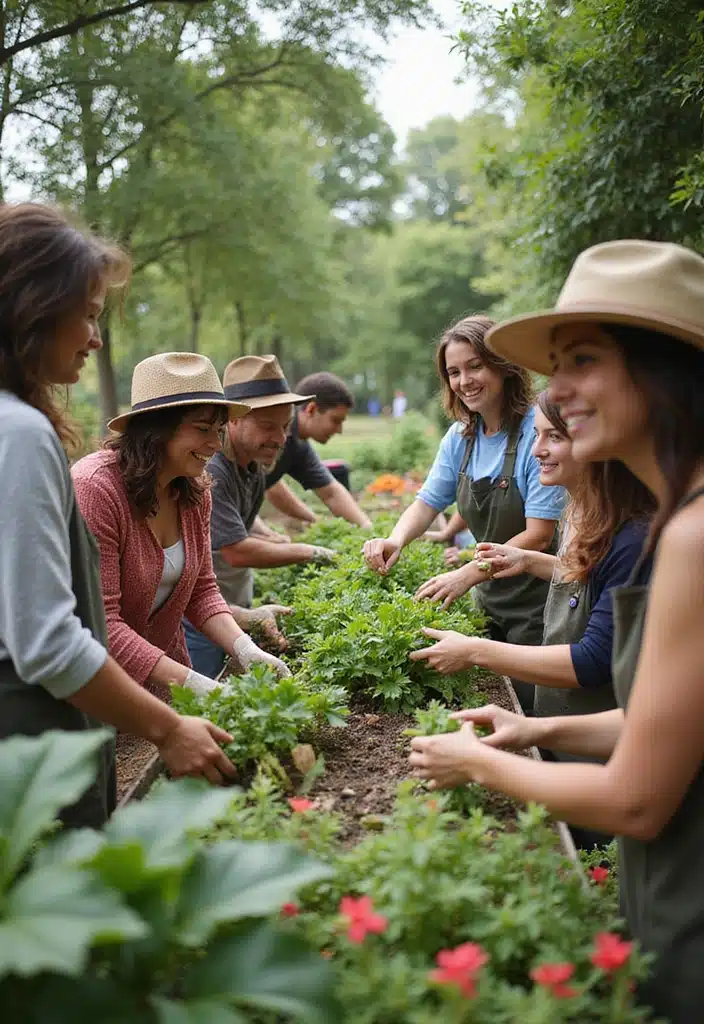
Joining a gardening community can be an inspirational and educational experience for beginners. Whether online or in person, connecting with other gardeners provides a support network, access to knowledge, and, of course, friendships.
Share your successes and challenges, ask questions, and exchange tips and tricks with fellow gardening enthusiasts. Local community gardens, gardening clubs, or online forums are great places to start. You’ll find a wealth of resources and encouragement from those who share your passion for gardening.
To enhance your experience, consider using a gardening journal. Recording your progress, noting down tips from fellow community members, and tracking seasonal changes can be incredibly helpful as you develop your skills.
Look for opportunities to:
– Attend gardening workshops or classes, where you might find a gardening tool set to use and learn with. A good set of heavy-duty hand tools can make all the difference in your gardening journey.
– Participate in plant swaps to diversify your garden, and don’t forget to protect your hands while you’re at it. A pair of gardening gloves will keep your hands safe and comfortable as you explore new plants.
– Volunteer for community garden projects, where you can practice your skills and learn from experienced gardeners.
Being part of a community not only helps you grow as a gardener but also enhances the joy of gardening through shared experiences and friendships that blossom just like your plants!
Conclusion

With these 10 essential gardening tips under your belt, you’re ready to embark on your journey to becoming a green thumb. Remember, every expert gardener started as a beginner, so don’t be afraid to learn from your experiences and experiment with new techniques.
As you nurture your plants and witness their growth, you’ll also cultivate your passion for gardening, which can bring incredible joy and peace into your life. Keep exploring, keep learning, and most importantly, enjoy every moment spent digging in the dirt!
Note: We aim to provide accurate product links, but some may occasionally expire or become unavailable. If this happens, please search directly on Amazon for the product or a suitable alternative.
This post contains Amazon affiliate links, meaning I may earn a small commission if you purchase through my links, at no extra cost to you.



